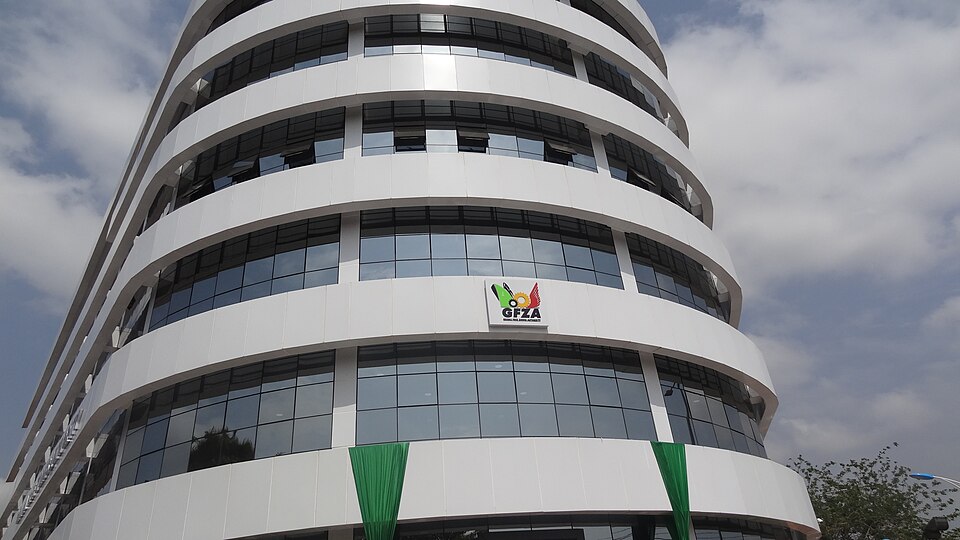Accra, Ghana’s vibrant capital, is more than just a busy metropolis; it’s a living museum where history and modernity intertwine to create a captivating architectural landscape. From colonial-era structures that whisper tales of the past to sleek, contemporary designs that embrace the future, Accra offers a rich and diverse architectural experience. An architecture tour of Accra is a journey through time, providing a fascinating glimpse into the city’s cultural evolution and its aspirations for the future.
Echoes of the Past: Colonial Footprints and Historic Landmarks
Our tour begins in the heart of Accra, where the legacy of colonial influence is etched into the cityscape. The Osu Castle, also known as Christiansborg Castle, stands proudly on the coast, a formidable structure that has served as a trading post, a slave fort, and the seat of Ghanaian government.
Continuing our exploration, we discover the grandeur of James Town, one of Accra’s oldest districts. Here, amidst the vibrant street life, we find remnants of British colonial architecture, including decaying but evocative buildings with characteristic verandas and balconies.
Further inland, the National Museum of Ghana houses a remarkable collection of artifacts that showcase the country’s rich cultural heritage. The museum’s architecture, a blend of traditional Ghanaian design and modern elements, complements its contents and provides a serene setting for exploring Ghana’s history.
Modern Accra: Embracing Innovation and Sustainability
As we move beyond the historical core, we encounter a more contemporary Accra, where new architectural styles are emerging. The city is undergoing a rapid transformation, with modern office buildings, residential complexes, and cultural centers reshaping the skyline.
The National Theatre of Ghana, a striking example of Brutalist architecture, dominates the Arts Centre area. Its bold concrete forms and dramatic angles are a testament to the ambition and optimism of post-independence Ghana.
Recent advancements highlight an increasing focus on sustainable design and the use of local materials. One Airport Square, a contemporary office structure featuring a distinctive vertical garden façade, serves as a prime example of this trend. This innovative design not only elevates the building’s visual attractiveness but also promotes energy efficiency and enhances air quality.
Beyond the Buildings: Understanding the Context
An architecture tour of Accra is not just about admiring buildings; it’s about understanding the context in which they were built. The city’s architecture reflects its social, economic, and political history, and provides insights into the challenges and opportunities facing Ghana today.
The juxtaposition of informal settlements with contemporary skyscrapers in Accra underscores the ongoing inequalities within the city. It is essential to comprehend the challenges posed by rapid urbanization and the necessity for sustainable development to fully appreciate the architectural landscape of the city.
Looking Ahead: A Future Shaped by Architecture
Accra’s architectural story is far from complete. The city is constantly evolving, with new projects and developments shaping its future. As Ghana continues to grow and prosper, architecture will play a vital role in shaping the country’s identity and creating a more sustainable and equitable future for all its citizens.
A tour of the capital of Ghana’s architecture offers an opportunity to delve into the city’s profound history, celebrate its dynamic present, and envision its promising future. This experience will enhance your understanding of how architecture influences our lives and links us to different time periods. Therefore, join us in uncovering the architectural fabric of Accra – a city where historical significance and modern innovation intertwine beautifully.
